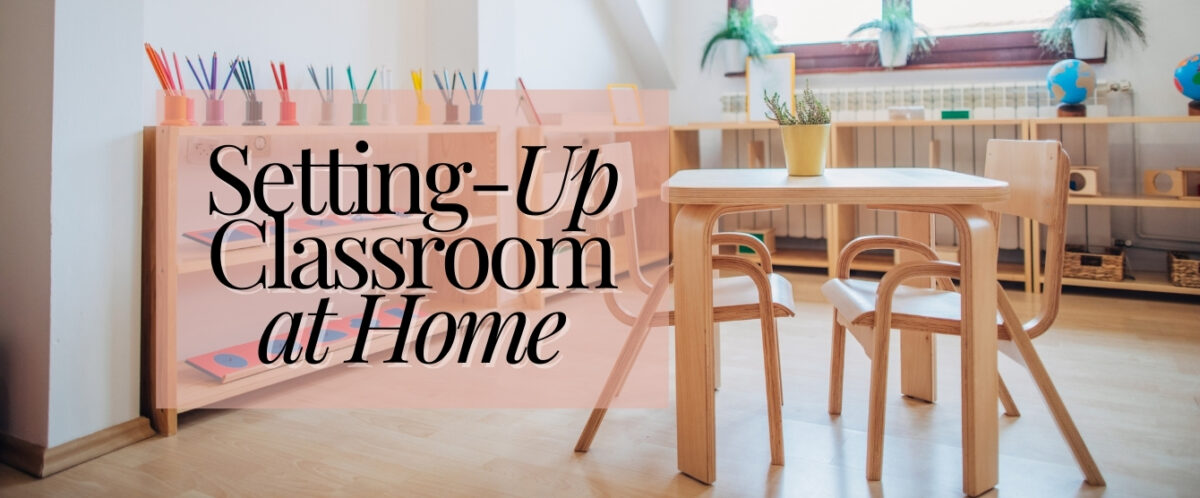The trend toward homeschooling has been growing for years, but recent events have accelerated this shift. With schools closing and parents working from home, the need for a conducive learning environment at home has never been greater. Homeschooling allows for a customized education experience, letting parents focus on their child’s strengths and interests while providing […]


